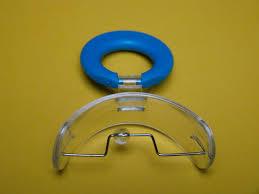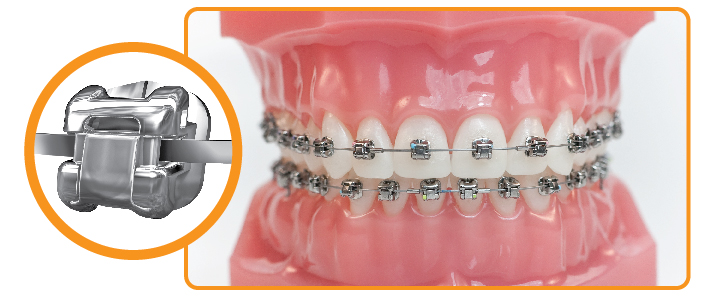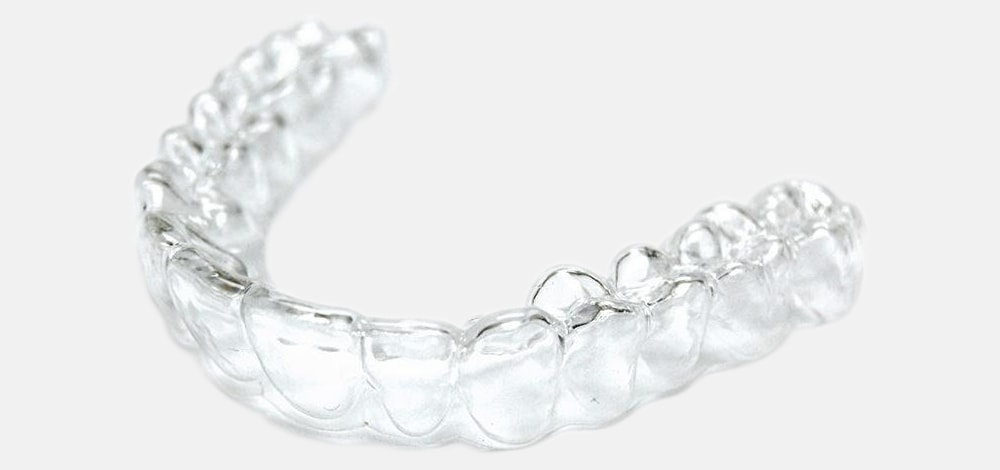2. The second most common solution to the interceptive problem would be correcting the mouth breathing.Children tend to have mouth breathing because of three main reasons when there is some blockage in the nose this obstructs the nasal airflow of the child causing the child to open the mouth and breath. This mouth breathing habit then becomes the typical pattern for the child. So when the child starts breathing through the mouth, there is an excess pressure from the cheek onto the tooth surface causing the face to become long and narrow because the pressure could cause the excess vertical growth of the face.
3. Mouth breathing could cause dryness of the mouth during night time causing gum infections in the front tooth which has signs of bleeding gums bad breath and also decay starts in the front tooth first.
The correction for this starts by referring the child to an ENT surgeon who specializes in the ear nose and throat.
The ENT surgeon will do the following tests :
1. He will refer to take a PA view of sinus x-ray
2. He will ask for nasal endoscopy if the problem is severe to assess the intranasal polyps and any lesion and conditions causing nasal obstruction.
3. He might ask for an MRI test also for determining the Nasal pathway and oral pathway and even the pharyngeal path.
4. When there are conditions of nasal polyps and tonsils, the ENT surgeon might ask the patient to go for tonsillectomy or polypectomy using lasers or conventional surgical methods to clear the obstruction of the nose.
5. Once the nasal obstruction is clear the child will be referred back to the suffering dental surgeon or the orthodontist.
6. Then the orthodontist or the dental surgeon will give an appliance called oral screen.
7. An oral screen is a custom-made device which looks like a thick plate of acrylic which is kept on the buccal surface of the tooth or of the outer surface of the tooth.
8. There will be four holes in the Oral screen which helps the child to breathe through the mouth itself during the initial phase of treatment.
9. Every two months the patient has to be evaluated, and the holes will be closed one by one week by the doctor generally and slowly improving the patient to breathe through the nose and to solve the patient's problem by interceptive orthodontics measures.
10. The oral screen has to be worn throughout the night and 2 to 3 hours of conscious wearing during the daytime once the child comes back from the school.
11. The child has to do an active exercise called oral screen exercise where the 'O'ring or the handle of the oral screen will be pulled manually by the child, and the child has to suck the oral screen with the lips. This causes lip elongation or lip growth for the child. This will help the child to have a proper lip when there is a problem of very small lips, and also it helps the child to close the mouth passively.
12. When the patient is having problems with jaw growth, there are many appliances which are given in this age group of 7 to 11 or 12 years. These are all called activators bionator and frankels appliances. These appliances are provided when the patient has got the problem which is mostly muscle oriented.
13. But when the tooth is being affected by the jaw growth, then it becomes an Orthopaedic problem. Orthopedic problems are corrected by using headgears, chin cups, face masks.
Corrective Orthodontics :
When a child reaches an age group of 12 to 13 if it is a girl child, then we can start orthodontic treatment which are the regular and conventional treatment methods like using stainless steel brackets, ceramic brackets and all the bracket based treatment therapies for orthodontics.
There are many types of braces colors which come. Braces colors come from the modules which we are applying to hold the wire into the brackets. But these days kids are very conscious, and they never prefer to go for color braces they prefer to go for braces which are normal in color.
There are many many types of braces available based on the material we can classify it as standard Steel brackets and ceramic orthodontic brackets. Based on the ligation methodology brackets are classified as self-ligating brackets or regular modular brackets.
The difference between self-ligating brackets and modular brackets would be self-ligating brackets use an automated door Technology where the wire is retained with the bracket with the help of a small sliding stainless steel door. In the conventional Technology, the wires and the braces are connected using wire module or elastic modules.
Based on the visibility of the braces there are aligners which are called clear aligners. Clear aligners are those acrylic aligners which are made up of clear acrylic sheets printed using 3D printing Technology. These are the most sought-after treatment for orthodontics over the last 2 to 3 years for correcting orthodontic problems.
Adult braces are not very appealing to adults because of social concerns. People who are very conscious about their treatment appearance seek clear aligners. These are little expensive by way of its cost of aligners. But the number of advantages are very vast.
The benefits of clear aligners would be
1. They are very very clear and not visible, so it is very convenient to wear during office time and also patients till functions like wedding and any other ceremonies.
2. Clear braces are very comfortable to remove and place it back there is no restriction on any food.
3. In regular braces chances of dislodgement of brackets are more causing more time to fix it back and tooth movements etc.,
4. In clear aligners, this kind of problems never happens, so treatment time is considerable shorter with clear aligners.
5. Chances of relapse are very less because of light forces applied.
6. Very predictable treatment outcome can be seen before the treatment is completed using software for 3D aligner Technology.
7. The chances of tooth damage in conventional orthodontic treatment caused by using adhesives, sealants and acid etching in traditional braces are not there in clear aligners.Clear aligners keeps the tooth to be as virgin as possible without altering the nature of the tooth in the mouth.
8. Clear aligners don't cause any secondary caries because of no damage to the tooth structure.
These are some of the preventive interceptive and corrective methodologies of orthodontic treatment.
Surgical Orthodontics :
Any adult patient after 18 years of age has to undergo only surgical orthodontics the most commonly solved using surgical orthodontics are
1. Prognathic maxilla where the upper jaw is proclined forward.
2. The retrognathic mandible was causing jaw deficiency.
3. Prognathic mandible and retrognathic maxilla.
4. Chin corrections, malar bone corrections can be done using surgical orthodontics.
The advantage of surgical orthodontics are
1. Very very quick correction of orthodontic problems, suitable for people who are seeking orthodontic treatment for the wedding and marital problems in a short span of time.
2. People who are traveling abroad and wants to get their problems corrected in their native town with the help of a specialist.
3. The complete transformation of the person happens during surgical orthodontics where the whole face changed in 3 hours or 4 hours.
4. Surgical orthodontics is highly predictable these days using 3D Technology where we can visualize the face appearance before it is getting done.
5. Surgical orthodontics is performed by the team of oral and maxillofacial surgeons and orthodontist under general anesthesia in hospital setup, not in clinics.
6. Surgical orthodontics cost in Chennai would be roughly from 100000 to 1.5lakhs.
Finally, in this blog, I have explained you very openly about all the four modalities of orthodontic treatment preventive interceptive surgical and corrective. I have also explicitly explained about the treatment timings the appliances used; the problems addressed and the cost.
if you would like to consult personally with me kindly
.jpg)



